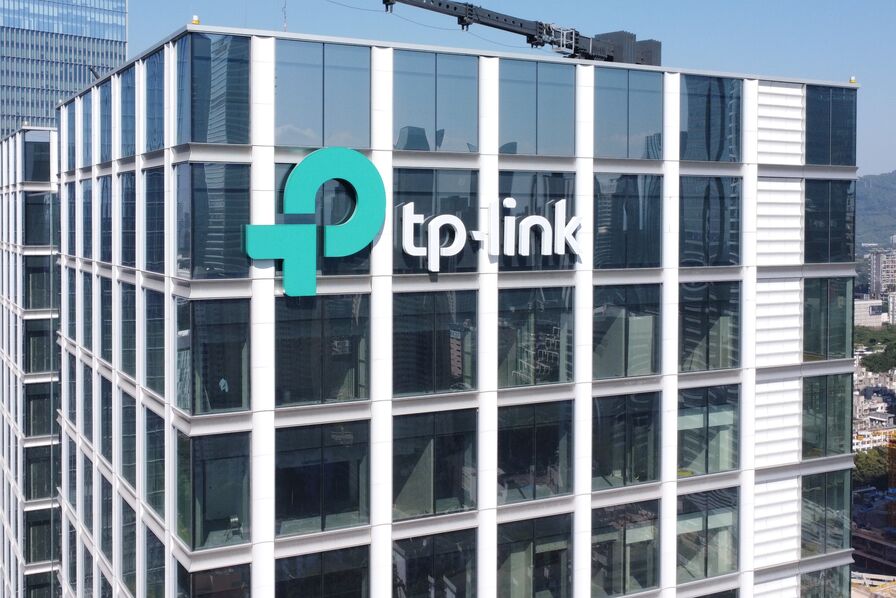Despite a massive increase in online activity during the COVID-19 pandemic, fraud on the Visa payment network is at an all time low, the company says. One of the chief reasons for that success is a big investment in advanced analytics and AI.
The world changed in March 2020, when many countries went into lockdowns to prevent the spread of the virus that causes COVID-19. As retail shops and other physical locations closed, people’s attention turned to the Internet for school, work, and play.
Since late 2019, the volume of e-commerce traffic has grown by 50%, according to Visa. Peer-to-peer payments on Visa’s network more than doubled, while subscriptions to digital streaming services surpassed 1 billion for the first time, the company says.
Fraud also proliferated during the pandemic. There were many scams directly related to COVID-19, such as for fake test kits, unproven treatments, and personal protective equipment that never arrived. Criminals also helped themselves to $100 billion from various government COVID-19 relief programs, according to the U.S. Secret Service, with the California state unemployment office losing up to $30 billion alone. Work from home also helped proliferate the spread of ransomware into corporate networks, which doubled from 2020 to 2021, security researchers say.
But when it comes to cybercriminals netting huge profits from the COVID-19-induced panic and confusion on the Visa payment network, which handles half of the world’s payment traffic outside of China–well, it never actually happened.
Yes, there was fraud on the Visa network. But considering the huge increase in volume of card-not-present transactions, the amount of fraud has actually decreased during COVID-19 as a percentage of dollars transacted, according to Visa Chief Risk Data Officer Dustin White.
Mots-clés : cybersécurité, sécurité informatique, protection des données, menaces cybernétiques, veille cyber, analyse de vulnérabilités, sécurité des réseaux, cyberattaques, conformité RGPD, NIS2, DORA, PCIDSS, DEVSECOPS, eSANTE, intelligence artificielle, IA en cybersécurité, apprentissage automatique, deep learning, algorithmes de sécurité, détection des anomalies, systèmes intelligents, automatisation de la sécurité, IA pour la prévention des cyberattaques.






